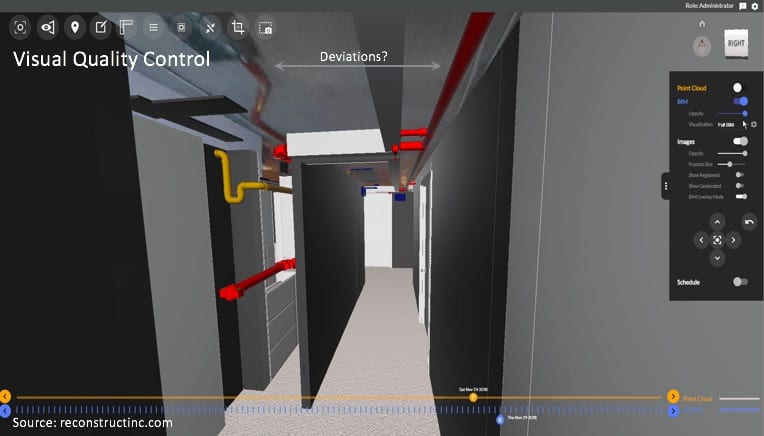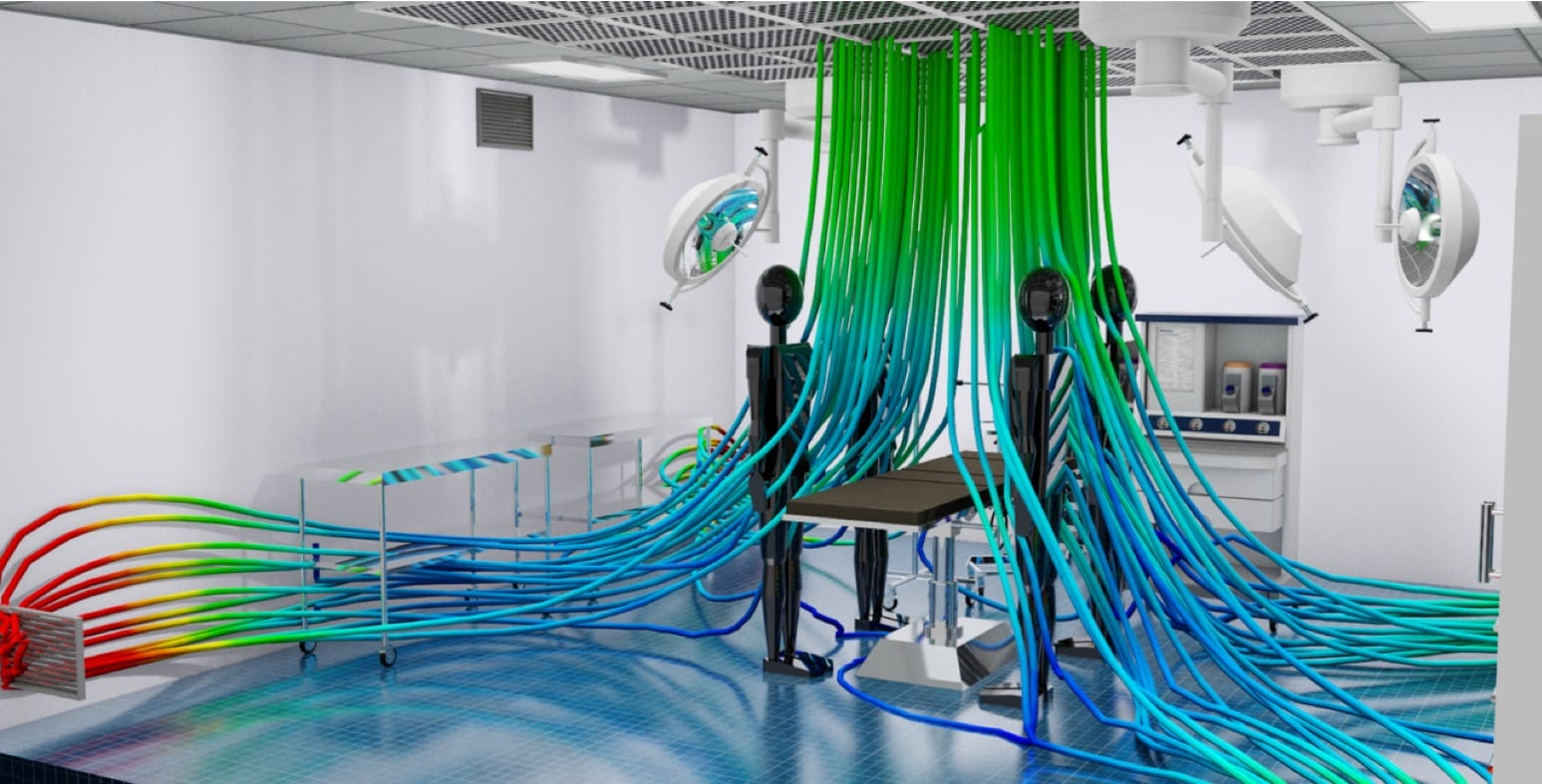There’s an old joke. “What gives us the ability to look through walls?” (audience rustles uncomfortably, throats clear). “Windows.”
Yes, it’s one of those old-school comic throwaways more likely to produce a nod of assent than genuine laughter. However, as a matter of fact, today’s construction industry does have the ability to look through walls. And ceilings, and floors; and anything else your specialty trades and can target with their smart devices.
Building Comes Alive
BIM (Building Information Modeling) is a construction technology that allows the production of a hyper-detailed, structurally-accurate virtual 3D model of a building—before a single brick is laid. Procore is bringing BIM to the field and putting it in the hands of anyone who needs it.

The profound efficiencies BIM technology offers construction projects seem almost beyond what a reasonable professional can grasp. However, the benefits all flow from one basic strategy—beginning construction with a complete BIM model in hand.
BIM of the Future
Steve Jones led a Groundbreak session on BIM that at times had the presentational fervor of a tent revival meeting. Jones is head of Industry Insights Research for Dodge Data—the world’s acknowledged leader in software-informed workflow integration and analytics for the construction industry. With such a background, he is well situated to separate futurist malarkey from genuine industry advances.
Jones is all about using the BIM model as both a road map and a granular visual guide on the project.
The technology offers varied uses, from identifying safety hazards before construction begins—as Turner does with special safety animation within their BIM model—to having visual quality control that actually predicts install deviations. Jones’ mantra is unchanging: “They can do all this because they have the model.”
“People used to like to make fun of BIM,” Jones continued. “‘Oh, those are pretty pictures’. Look, thanks to all these amazing simulations now, you can do a better building. You can do a better-performing building; you can design a more constructable building.”
The Attention Grabber
BIM can also help secure a prospective client’s approval by dramatically visualizing project elements. Jones puts up a slide of a virtual hospital operating room. The gurney is surrounded by what looks like a cascade of vividly colored pasta.
“This is the airflow and temperature velocity over the operating room table,” he explained. “Look at this. The infection control people are leaning in now! The doctors are leaning in! You have their attention.

“When you can take a design down to that level, this is super powerful stuff for engagement. You can not only do a better design, you can visualize it to really engage the customer.”
Jones goes on to explain that, beyond the presentable design wow, BIM has another crucial advantage. It offers the ability to accurately render the pending build, making it a predictive tool that addresses practical missteps before they occur—way before they occur.
“We’re not just painting pretty pictures,” Jones said. “We’re going through coordination issues… we’re actually designing something that can be installed.”
If not now, when?!
Other aspects of bringing BIM to the field include laser scanning during construction to validate compliance with the model, bringing certainty—and serious time savings—to the project’s forward motion and timeline.
Throughout the presentation, Jones’ voice rose in pitch as he grew more animated as he described the inarguable advances in productivity, safety, and clash detection made possible through BIM. At one point, he broke it down to its essence, almost in exasperation. “Look, one of the things we gotta do is get more people using BIM!”
If you liked this article, here are a few eBooks, webinars, and case studies you may enjoy:
The Extinction of Paper-Based Specs
Leave a Reply